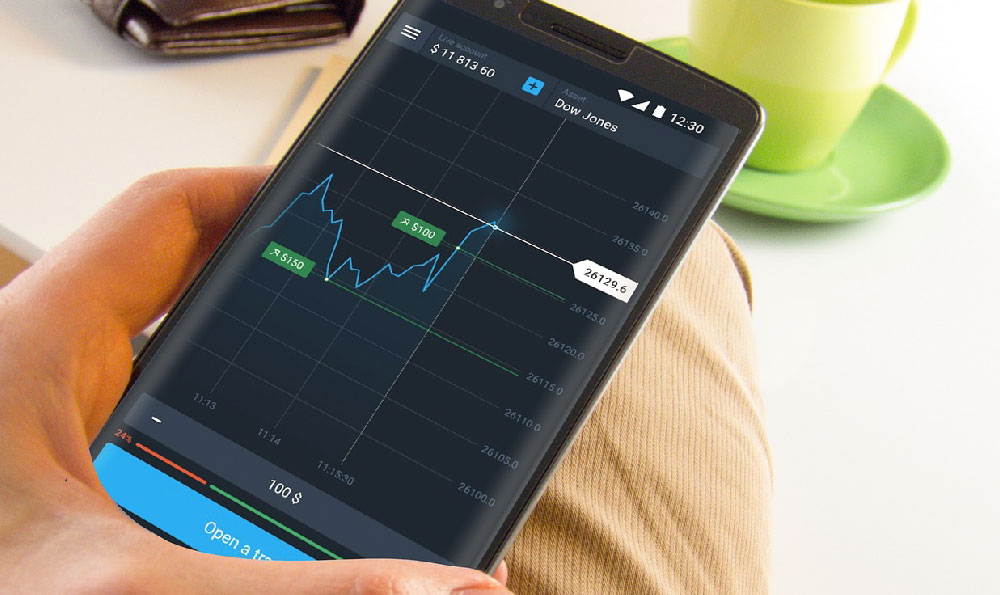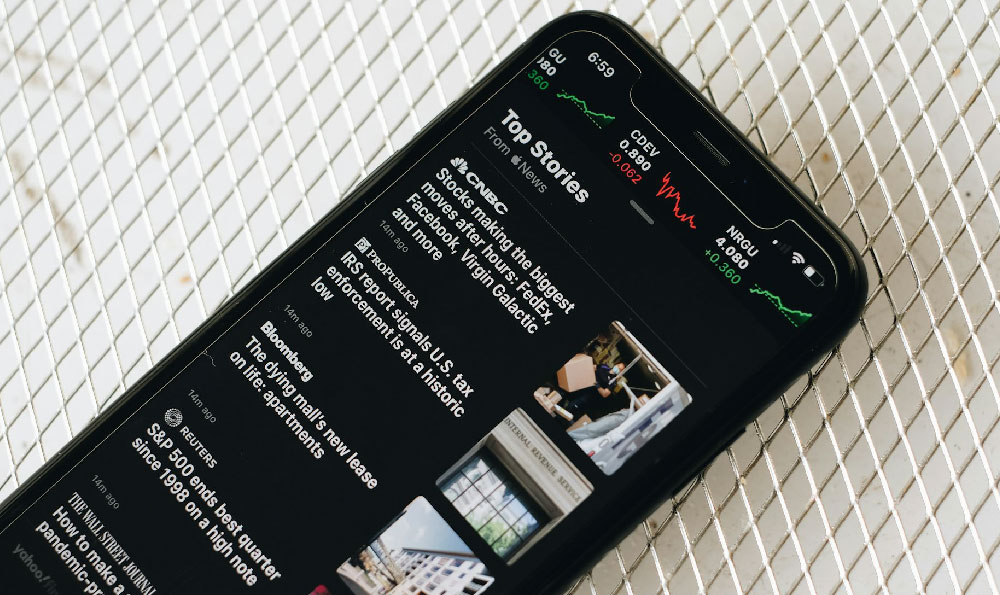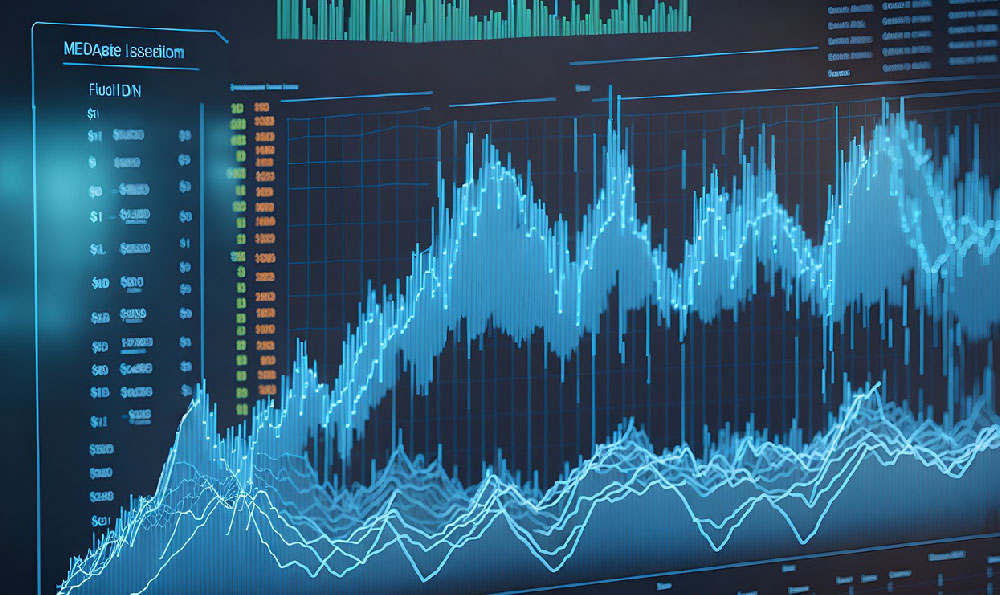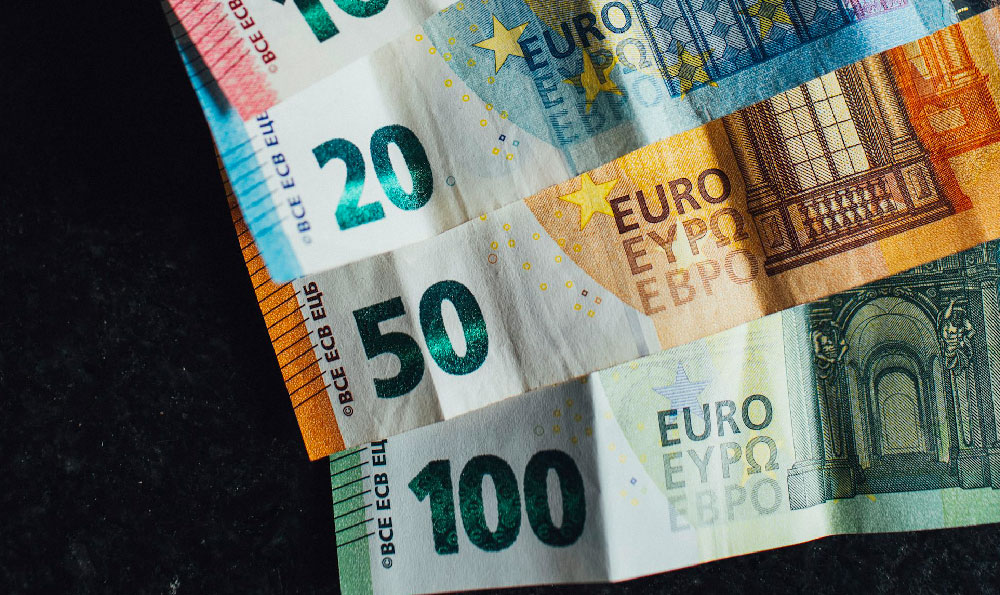Unlocking the mystery of YouTube monetization is a common pursuit for aspiring content creators. The allure of transforming passion into profit, coupled with the platform's massive reach, makes it a compelling avenue for financial independence. However, the path to getting paid on YouTube isn't as straightforward as racking up views. It involves a combination of factors, compliance requirements, and a deep understanding of the platform's policies. Let's delve into the intricacies of YouTube monetization and understand how views translate into dollars.
The cornerstone of YouTube monetization is the YouTube Partner Program (YPP). It's the gateway that allows creators to earn revenue from their content through advertisements, channel memberships, merchandise shelves, Super Chat, and Super Stickers. To be eligible for the YPP, creators must meet specific criteria. First and foremost, a channel needs to accumulate at least 1,000 subscribers. This requirement signifies a level of audience engagement and commitment. It demonstrates that the content resonates with a dedicated group of viewers who are invested in the channel's success.
Beyond the subscriber count, the more substantial hurdle is achieving 4,000 valid public watch hours within the preceding 12 months. This benchmark emphasizes the importance of creating engaging and watchable content that can retain viewers' attention. It distinguishes casual uploaders from creators who are actively building an audience and contributing to the YouTube ecosystem. The 4,000 watch hours are not just a random number; they reflect the total time people have spent watching videos on the channel, indicating its popularity and potential for generating revenue.

Once a channel meets the subscriber and watch hour thresholds, it needs to adhere to YouTube's monetization policies. This is where ethical considerations and compliance come into play. The content must align with YouTube's Community Guidelines, which prohibit hate speech, violence, misinformation, and other harmful content. Violating these guidelines can lead to demonetization or even channel termination. Similarly, creators need to respect copyright laws and ensure they have the necessary rights to use any music, video clips, or other copyrighted material in their videos. YouTube's Content ID system is designed to detect copyright infringement, and creators who use copyrighted material without permission risk facing copyright strikes, which can also jeopardize their monetization status.
Furthermore, a crucial aspect of joining the YPP involves linking an AdSense account to the YouTube channel. AdSense is Google's advertising program, and it serves as the platform for managing earnings and receiving payments. Creators need to have a valid AdSense account and provide accurate payment information to ensure they can receive their revenue. The AdSense account needs to comply with Google's AdSense policies, which prohibit fraudulent activities such as clicking on one's own ads or encouraging others to do so.
Now, let's address the core question: how many views do you need to get paid? There's no magic number. The amount of money a video earns per view, often referred to as CPM (cost per mille, or cost per thousand views) or RPM (revenue per mille), varies significantly based on several factors.
Advertiser demand plays a significant role. Higher demand from advertisers generally translates to higher CPMs. For instance, videos targeting demographics that are highly sought after by advertisers, such as young adults with disposable income, tend to generate higher CPMs. The topic of the video also matters. Finance, technology, and education channels often command higher CPMs compared to entertainment or gaming channels because advertisers are willing to pay more to reach audiences interested in those topics.
The geographic location of the viewers also impacts CPM. Views from countries with strong economies and high advertising rates, such as the United States, Canada, and Western European countries, typically generate higher revenue than views from countries with lower advertising rates. This is because advertisers are willing to pay more to reach potential customers in wealthier regions.
Ad formats also influence earnings. Different ad formats, such as skippable video ads, non-skippable video ads, and display ads, have different CPMs. Non-skippable ads, which viewers are required to watch, tend to generate higher revenue than skippable ads.
Content quality and audience engagement affect how YouTube algorithm promotes the video. The more the video is promoted and watched, the more opportunities there are for ads to be displayed. Longer watch times and higher engagement, such as likes, comments, and shares, can signal to the algorithm that the content is valuable and worth promoting.
Given the variability in CPM and RPM, it's impossible to provide a definitive answer to how many views are needed to get paid a specific amount. However, as a general estimate, creators can expect to earn anywhere from $0.50 to $5 per 1,000 views. This means that a video with 1 million views could potentially generate between $500 and $5,000, depending on the aforementioned factors.
In conclusion, getting paid on YouTube is a multifaceted process that requires meeting eligibility criteria, adhering to monetization policies, creating engaging content, and understanding the factors that influence CPM and RPM. While the number of views is a crucial factor, it's not the only determinant of earnings. By focusing on building a loyal audience, creating high-quality content, and optimizing ad settings, creators can increase their chances of generating substantial revenue from their YouTube channels. Success on YouTube is a marathon, not a sprint. Consistent effort, dedication, and a genuine passion for content creation are essential for long-term financial sustainability.












